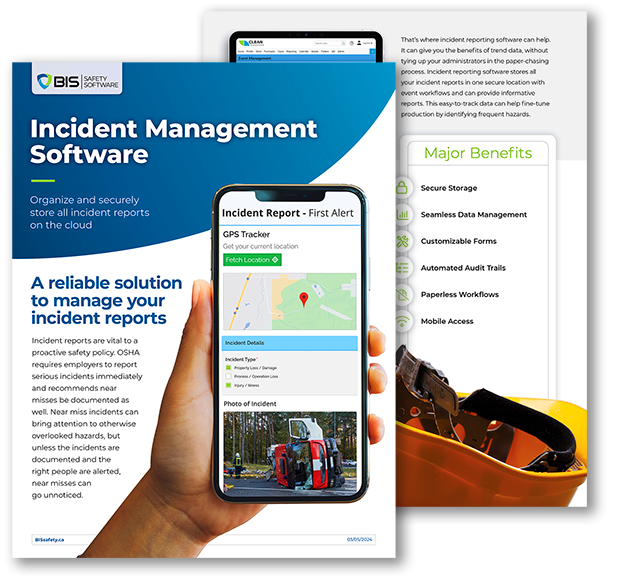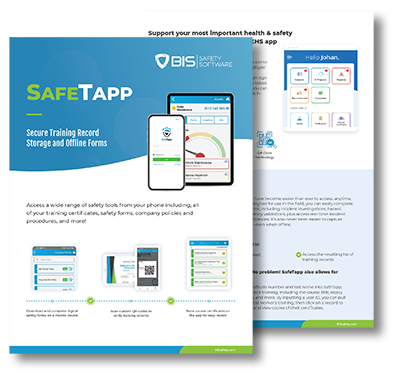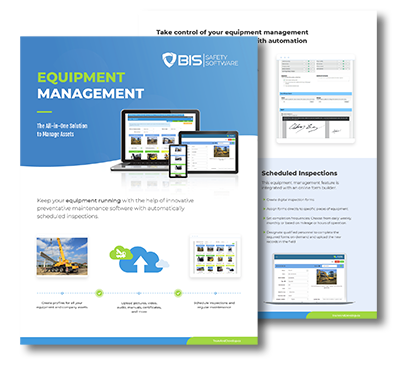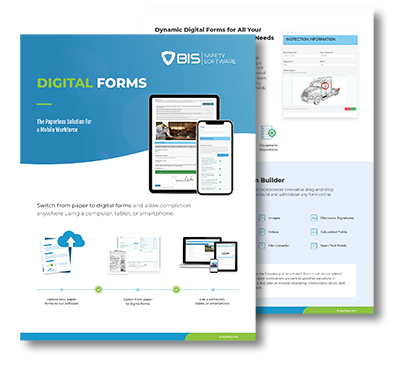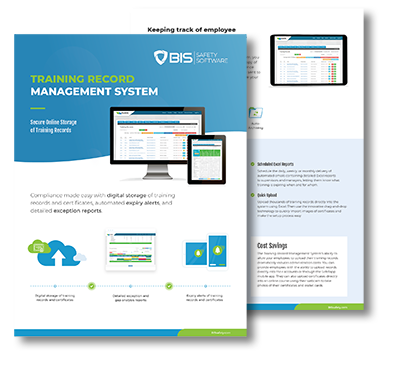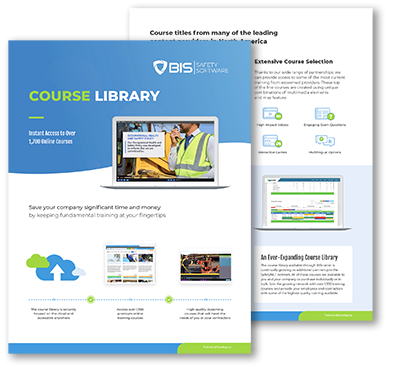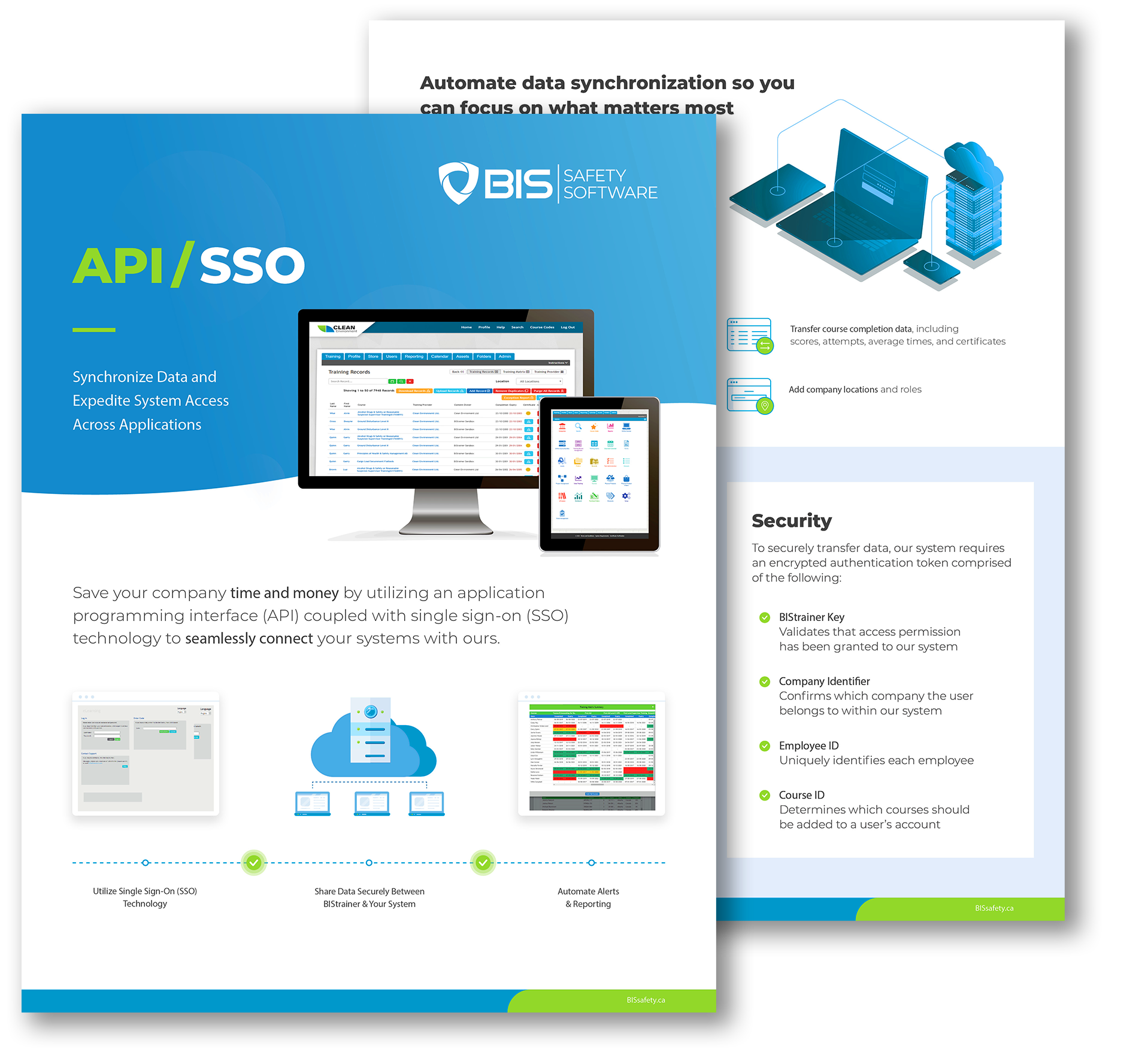BIS Safety Software
Electrical Safety Training System (ESTS) – USA
The Electrical Safety Training System (ESTS) - USA online course delivers comprehensive insights regarding electrical hazards such as arc flash and shock. It further elucidates the identification, analysis and mitigation strategies for these hazards, adhering to the NFPA 70E standard.

The Electrical Safety Training System (ESTS) - USA serves as a cutting-edge online safety training platform. It offers cost-effective, high-caliber, impactful, and accredited electrical safety training, refresher courses, and awareness programs. The ESTS utilizes 3D graphics, videos, and voice-over content to deliver comprehensive information about arc flash and shock hazards, strategies for protection, and the implementation of preventive and control measures.
A key feature of the ESTS - USA is its 3D virtual electrical workplace environment, which allows participants to test their newly acquired knowledge in interactive scenarios about arc flash, shock, and the application of the NFPA 70E Standard for Electrical Safety in the Workplace.
The ESTS - USA course was designed by a leading electrical safety domain expert with over two decades of experience as an electrical engineer. The course developer also holds a prominent position as the first Vice-Chair of the CSA Z462 Workplace Electrical Safety Technical Committee and is a CSA Z462 voting member and leader of Working Group 8 annexes.
- Introduction
- Plan-Do-Check-Act process
- OSHA regulations, NFPA 70E, and safe work practices
- Electrical work tasks
- The resource toolbox
- OSHA Regulations, Standards, and Best Practices
- OSHA regulations
- Consensus based standards
- The National Electrical Code
- Roles and responsibilities
- Employers
- Employees
- Understanding Electricity in the Workplace
- Introduction to working with electricity
- Electrical hazards
- Shock
- Arc flash and arc blast
- Working with electricity
- Qualified and unqualified persons
- Approach boundaries
- Overhead power lines and limits of approach
- Electrical Hazards: Understanding the Danger
- Effects of electricity
- Case histories/testimonials
- Electric shock
- Effects of shock
- Step and touch potential
- Short and long term effects of repeated shocks
- Reporting shocks
- Case histories/testimonials
- How the industry has improved
- Effects of arc flash and blast
- Primary effects
- Secondary effects
- The aftermath
- Normal vs. abnormal conditions
- Message to all workers
- Electrical Hazard Analysis
- Introduction to electrical hazard analysis
- Risk assessments
- Determining work tasks and risk
- Importance of single line diagrams
- Formal documentation
- Work flow process
- Electrical hazard analysis
- Shock hazard analysis
- Arc flash hazard analysis
- Method 1: Using engineering calculations
- Method 2: Using hazard/risk categories
- Establishing an Electrically Safe Work Condition
- Preventive and protective control measures
- De-energizing
- Isolation
- Lock out and tagging
- Temporary protective grounding/ground truck and test devices
- Test-Before-Touch
- Engineering and Administrative Controls
- Engineering safety by design
- Equipment maintenance
- Administration as a control
- Safe work practices and procedures
- Energized electrical work permit
- Arc flash boundary and approach boundaries for shock
- Preventive and protective control measures.
- Labels and signage
- Scenario
- Electrical Specific PPE, Tools, and Equipment
- Selection and Management
- Control using electrical specific PPE, tools, and equipment
- Shock protection PPE
- Shock protection tools and equipment
- Insulated and insulating hand tools
- Voltage detectors and digital multi-meters
- Temporary protective grounds
- Arc flash protection PPE
- Other clothing
- Selection
- Selection of PPE
- Shock protection PPE selection
- Arc flash protection PPE selection
- Identifying arc rating of clothing
- Layering of arc rated clothing
- You are as strong as your weakest link
- Management
- Introduction
- PPE specification
- PPE care
- Storage
- Cleaning and laundering
- PPE use
- Pre-use inspections
- Shared vs. individually issued
- Performance management
- PPE maintenance
- Testing
- Emergency Response, Incident Reporting, and Program Maintenance
- Emergency response planning
- Qualified electrical emergency response personnel
- Rescue plans and procedures
- Effect of incidents
- Incident reporting
- Maintaining your electrical safety program
- Final Assessment
- Final Assessment - 30 question exam, 3 attempts, 80% passing grade
- Work Task Scenario 1 - Repair a lighting fixture in the virtual electrical workplace
- Work Task Scenario 2 - Follow work flow process for electrical work task
- Work Task Scenario 3 - Rack out a power circuit breaker in the virtual electrical workplace
Approximately 6 hours
To ensure effective learning, this Electrical Safety Training System (ESTS) - USA course incorporates periodic knowledge checks. To receive a certificate of completion, participants must achieve a final score of 80% on the final assessment. Participants are allowed two attempts to pass the final assessment. Failing both attempts requires the repurchase and complete redo of the course to reattempt the assessment.
Upon successful completion of this online course, a certificate of completion will be available for download and print.
Course Details
Course Length
This course will take roughly 240 minutes
Passing Mark
To pass this training course, you need to score 80% or higher on the quiz
Certificate
Upon the successful completion of this course a certificate with your name will be stored on your profile and available to print
Additional Training Courses

Lockout / Tagout: Put a Lock on Hazardous Energy
This digital learning module imparts essential knowledge on OSHA's lockout/tagout regulations to prevent unanticipated machine activations.

Amélioration continue pour atteindre l’excellence en matière de sécurité
Peu importe le degré de sécurité d'une entreprise ou l'excellence de ses services ou produits, l'opportunité d'amélioration est toujours présente. Suivez ce programme pour...

Air Emissions Management
After finishing this module, learners will be equipped to comprehend the objectives and aims of the Clean Air Act Amendments of 1990, understand the...






